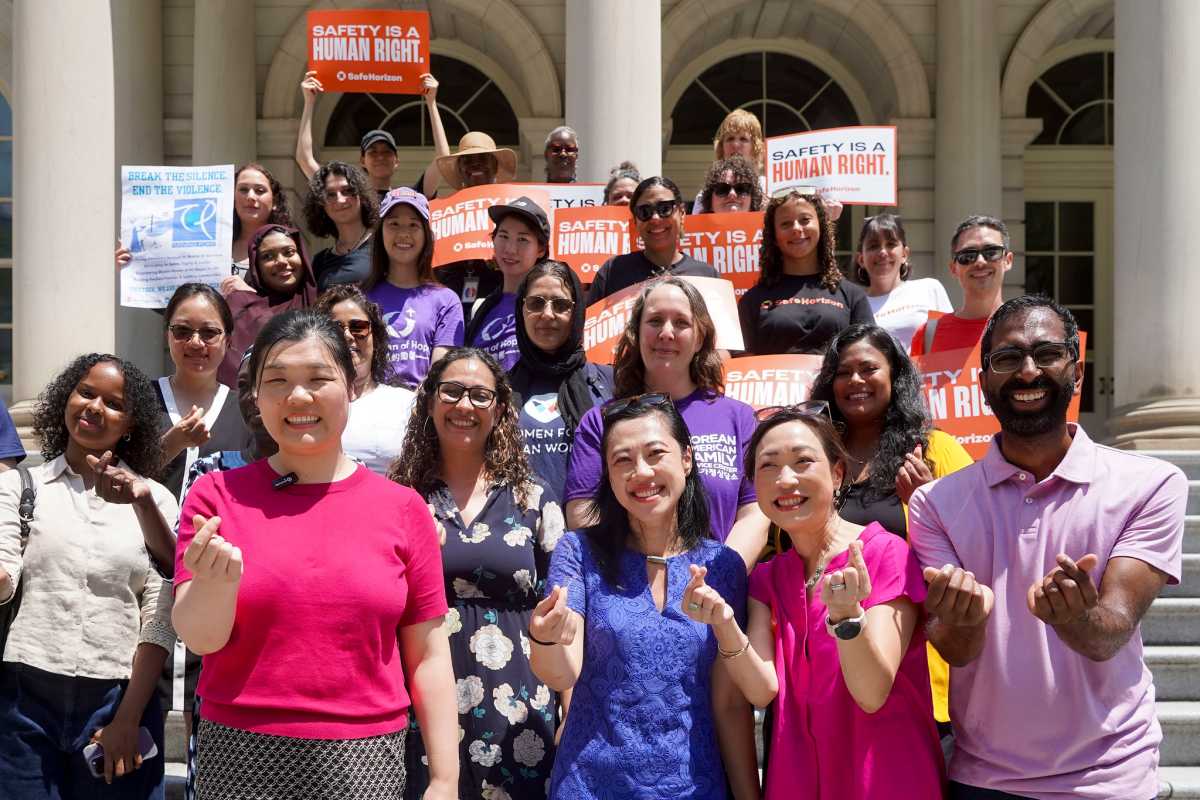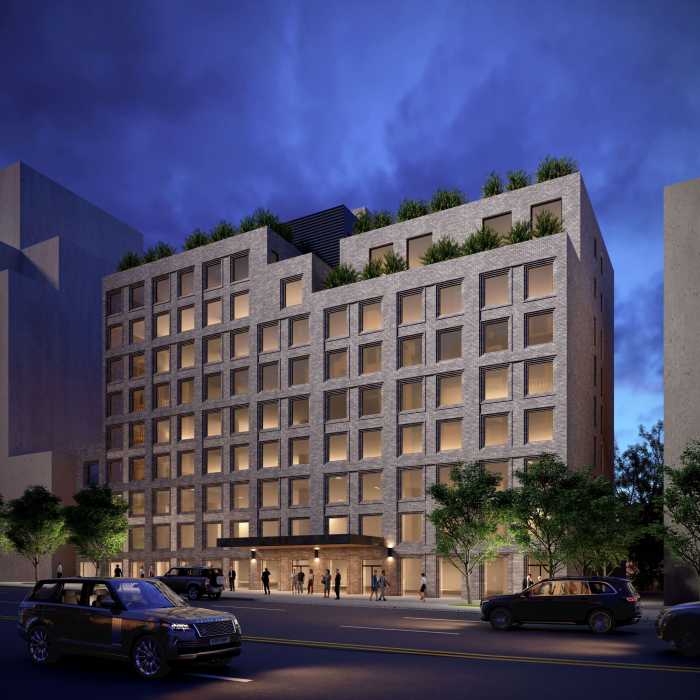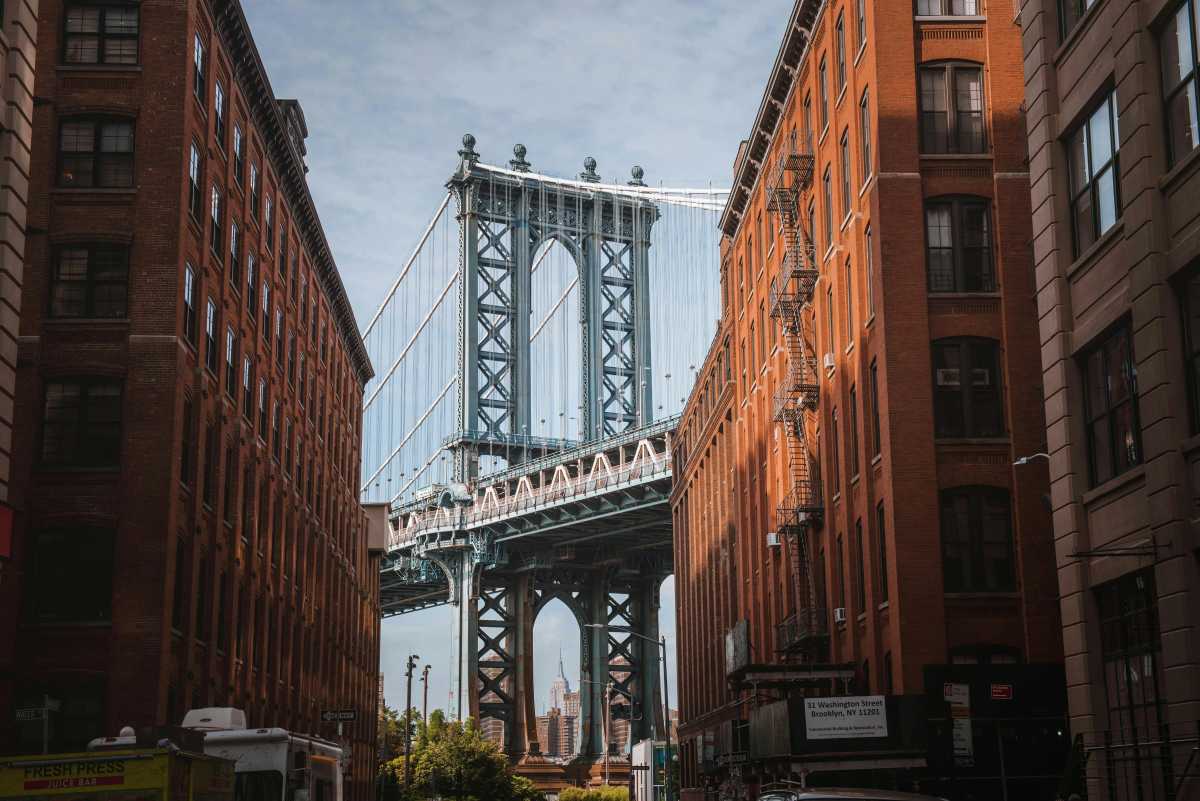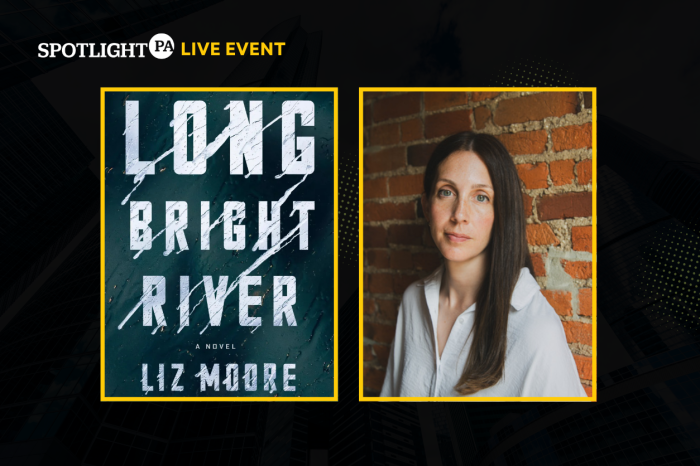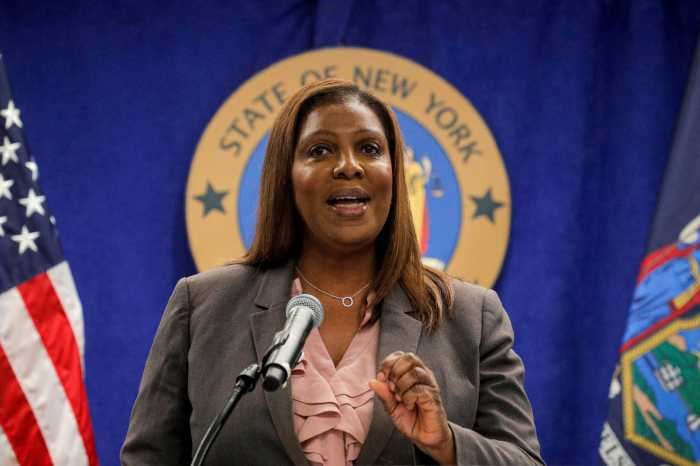Dismayed that new plans for Brooklyn Bridge Park omit a Chelsea Piers-like
recreational facility but add luxury housing, community members have complained
the park lacks enough active amenities for its neighbors.
Franklin Stone, a Cobble Hill resident and to many, the godmother of recreational
uses in the park, said this week she had yet to see any efforts from the
park planners to bring any of the recreational facilities suggested in
earlier park planning workshops. In light of a recent story in the New
York Times about a Chelsea Piers bid to rent Pier 57 on Manhattan’s
West Side, some have wondered why not move them to the Brooklyn Heights
piers?
“We do not have recreation for our children and ourselves upland,”
Stone pointed out to lead park designer Michael Van Valkenburgh at a Jan.
18 meeting held in his offices to address plans for Pier 6 at the foot
of Atlantic Avenue.
“To me, [using Pier 6] was the perfect plan, to get off the BQE and
drop off your kids,” Stone said. “My global complaint is still
that the entire area surrounding the park are not getting anything in
exchange. The near total absence of a year-round recreational facility
is a major stumbling block for me.”
The planners have repeatedly cited the expense of building an indoor,
year-round recreational facility as the reason it was dropped from the
latest designs.
Marianna Koval, co-executive director of the Brooklyn Bridge Park Conservancy,
mentioned at the same meeting that it might be too soon to expect everything
the community wanted.
“I’d really like to have an indoor recreational center, too,”
said Koval, “but we do have more opportunities in the future. Right
now we’re getting this whole park,” she said, gesturing to a
model of the 1.3-mile long expanse along the waterfront.
Van Valkenburgh instead plans a clear, modern-plastic, ventilated indoor
soccer facility that would be open year-round on Pier 5.
But, complained Stone, a Cobble Hill parent, soccer alone doesn’t
serve the needs of the greater community.
“Their solution to all things athletic is the clear plastic shed
they’re going to put on one of the piers?” said Stone. “I’m
still waiting to be convinced.”
Joanne Nicholas, another Cobble Hill parent, who became involved with
the park plan 18 years ago (her daughter is now 25), said she, too, was
concerned about recreation.
“What we basically wanted was, you know the ball fields along the
East River on the other side? We didn’t know why we couldn’t
have them. We needed recreation for our teens, for our kids, there were
adult leagues that would go over to Manhattan to play. You didn’t
have to work hard to find out there was a need for recreational space
in Downtown Brooklyn and Brooklyn Heights,” Nicholas said.
“I know there has not been a full analysis,” said Stone, of
less-costly suggestions for recreation. “We have built a park for
summer use, but not year-round.”
Van Valkenburgh vowed to Stone, “I will assure you we will carefully
look at the cost of a recreational building.”
Wendy Leventer, director of the Brooklyn Bridge Park Development Corporation,
a subsidiary of the Empire State Development Corp. that is charged with
planning and building the park, said at subsequent meetings that the cost
to build a recreational center is “just not feasible” for the
park to bear in its budget.
Asked why the existing pier sheds could not be used, Matthew Urbanski,
an associate of Van Valkenburgh’s pointed out, “You don’t
really need to talk to Chelsea Piers to know why you can’t play soccer
in here. This building is not remotely like Chelsea Piers. It is not structurally
sound,” he said of the shipping storage shed on Pier 6.
Leventer said that to build anew for a recreational center on the pier
would cost $50 million, at least “for one with an indoor track,”
like the Chelsea Piers has.
“Chelsea [Piers] pays $1.5 million for their land from the city.
That’s all. We need more than that,” she added. “We need
15 million dollars every year.”
“A pool alone was well over a million,” added Signey Nielsen,
who did the cost analysis of the park.
Van Valkenburgh concurred. “Something that generates a couple hundred
thousand a year is fine — they’d probably pay us $500,000 or
$600,000 to do it. But you can’t ask the park to pay for it,”
he said.
“Income generation is small on the recreational center, and development
costs are large,” said Van Valkenburgh, explaining why it was scrapped.
At a press breakfast prior to a Feb. 22 public meeting revealing the park
plans, spokesmen for the park refused to answer questions regarding how
much revenue a sports complex could generate.
A meeting just about revenue generation held March 2 held by the BBPDC
also did not address the topic.
“People don’t want a private, expensive Chelsea Piers-style
gym” said spokesman Lee Silberstein at the press breakfast, and he
cited community discussions as his evidence.
“Trust us, it wouldn’t work,” added Tom Montvel-Cohen,
a community consultant hired by the park.
Wendy Leventer had previously said of their efforts, “We talked to
the Chelsea Piers about development there [but] they weren’t interested.”
But Kenn Lowy, a Brooklyn Heights resident, said he thought Chelsea Piers
just hadn’t been asked.
Erica Bates-Schietinger, vice president of Corporate Communications for
the Chelsea Piers, told The Brooklyn Papers, “We shared our experiences
with them.”
“We get calls from all over the globe of people who say they want
to just ‘pick the brains’ of our owners. Probably somebody who
knew somebody knew some of the owners.”
But asked whether the BBPDC had asked Chelsea Piers about operating in
the park site, she said “We had no official involvement in any way.”
A spokesman for the ESDC, Chapin Fay, cited a May 19, 2004 meeting between
BBPDC and Chelsea Piers officials.
“We did not ask them if they had any interest in doing something
in the park, nor did we ever say that we did,” Fay wrote in an email.
“We showed them the existing plans of the pier sheds and they told
us that the column spacing would not work for Chelsea Piers-type activities,
which we have already stated publicly.”
But Stone doubts the planners even explored ideas for higher-revenue facilities
in the space.
“What about an ice skating rink? What about indoor gymnastics? What
about bowling? What about an outdoor skate park? What about outdoor racquetball,
or tennis platforms?” she asked.
“This is what people at those meetings said they wanted,” Stone
said, referring to the 2000 public planning sessions, “Nobody at
that meeting said, ‘Oh, what I really want is a good floating walkway
so I could look underneath the piers.’”



